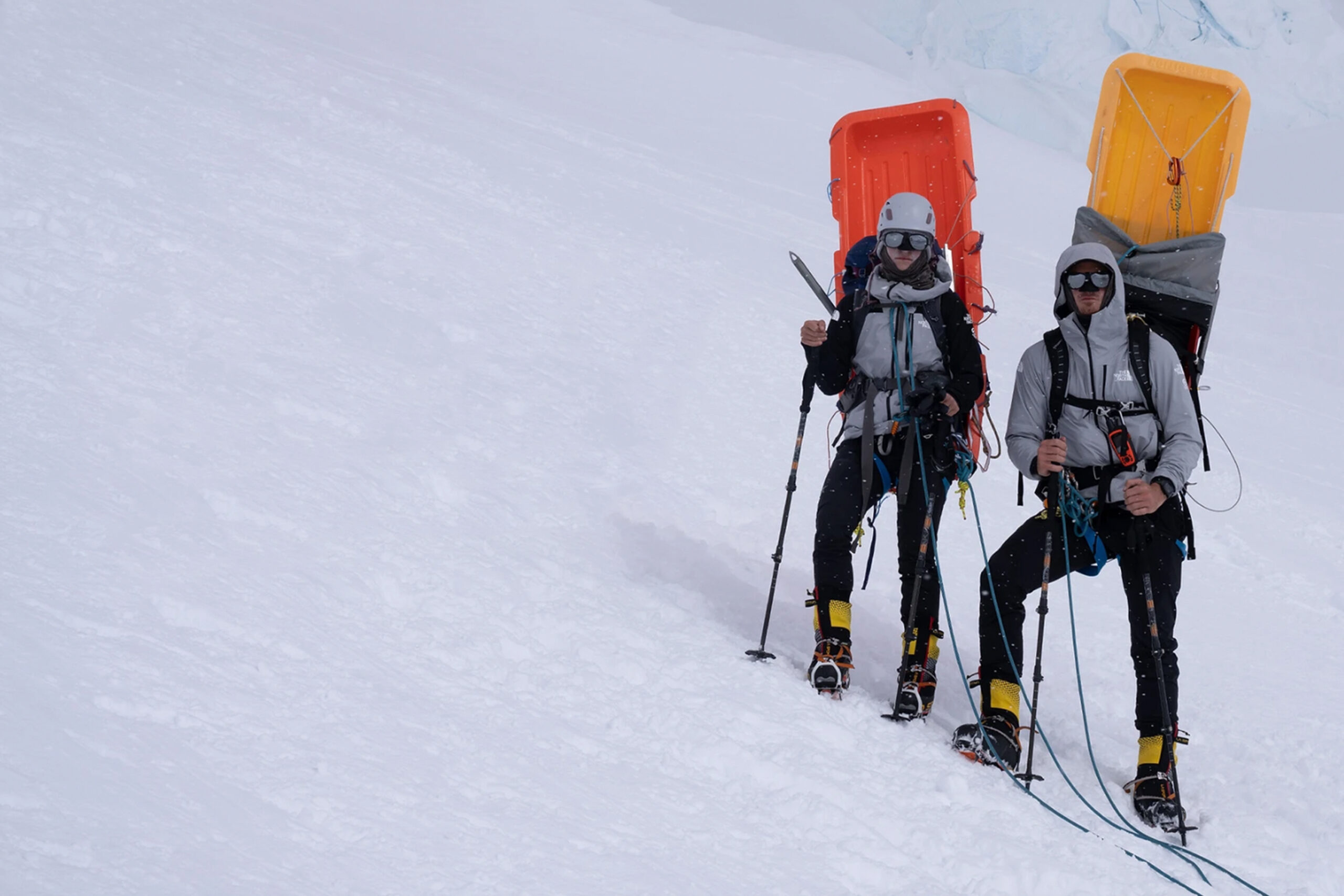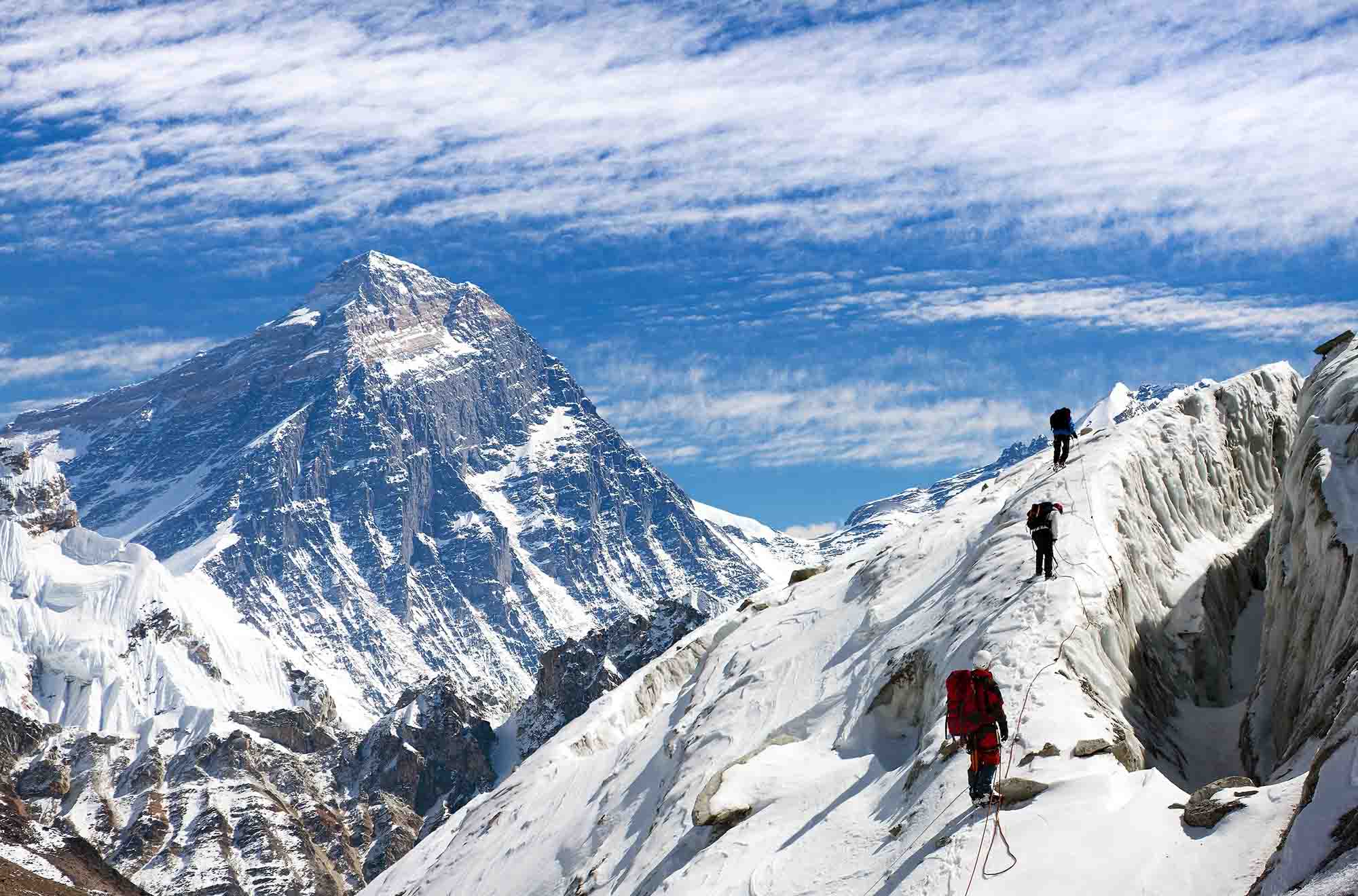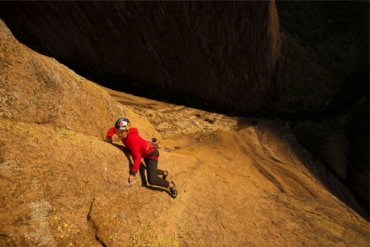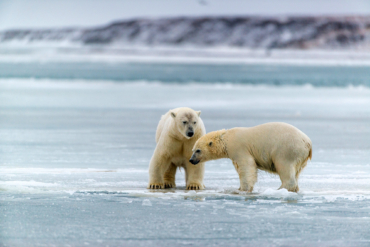Two mountaineers, Scott Lehmann and Shayna Unger, have made history this week. The duo, both educators from Washington, D.C., made it their mission to become some of the first Deaf people to reach the summit of Mount Everest, the world’s tallest mountain.
On May 22, 2023, at 6 a.m. NST (Nepal Standard Time), Lehmann and Unger reached the summit, communicating via their Garmin inReach back to their social media manager. They climbed with a team through Seven Summit Treks; with Expedition leader Jenjen Lama, cameraman Migmr Dhondup Sherpa, and twin brother Sherpas Mingma Dorchi Sherpa and Mingma Tenje Sherpa.
Their climbing party has been waiting at Everest Base Camp (EBC) since May 2 for weather conditions for their chance to ascend.
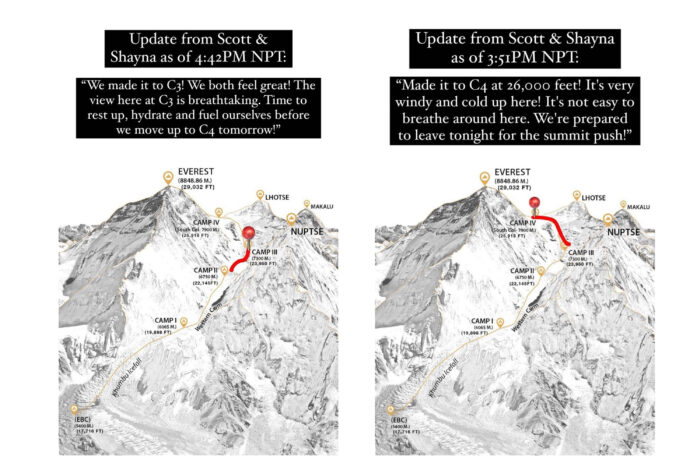
Now, they have to make the long climb down Everest back to basecamp, where they’ll be able to share more stories and photos from the top.
Inspiration for the Everest Expedition
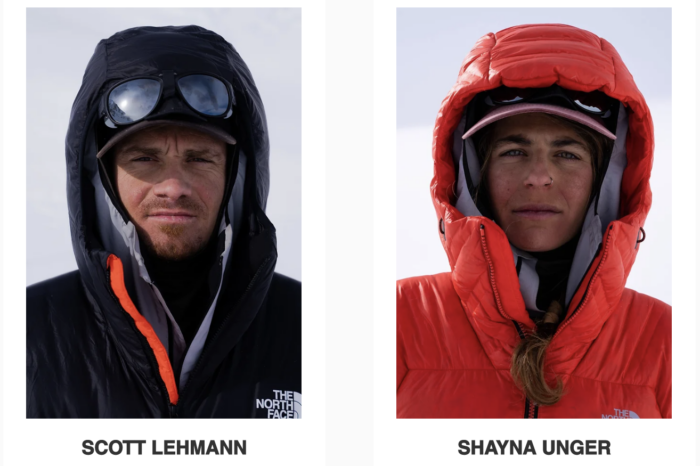
In 2012, Lehmann climbed Mt. Rainier in Washington state and was inspired after that to get into mountaineering. The problem? No access. To this day, there are barriers to education and access for people who are Deaf and hard of hearing. For Deaf mountaineers, the challenges include communication barriers, a lack of deaf representation, and limited access to mountaineering information, education, and opportunity. Oftentimes, mountaineering courses aren’t taught in ASL, or there are no mountaineers or guides who are Deaf to learn from.
“This has ignited [our] passion for making the outdoors more accessible to deaf and hard-of-hearing community,” the team wrote on their website.
Lehmann and Unger have also made it part of their Mt. Everest Expedition to provide education, Q&As, and updates as much as possible with those following along through social media.
“Statistically, there are 466 million people out there with hearing loss, and 1 in 8 Americans are either deaf or hard of hearing, yet there has been only one deaf person who has summited Everest. It makes us wonder if this space has ever been accessible for people like us. When will the world be open to our way of communicating and see it as equal?” Lehmann and Unger wrote on social media. “We say the time is now.”
Seeing Beyond: Climbing Everest and More
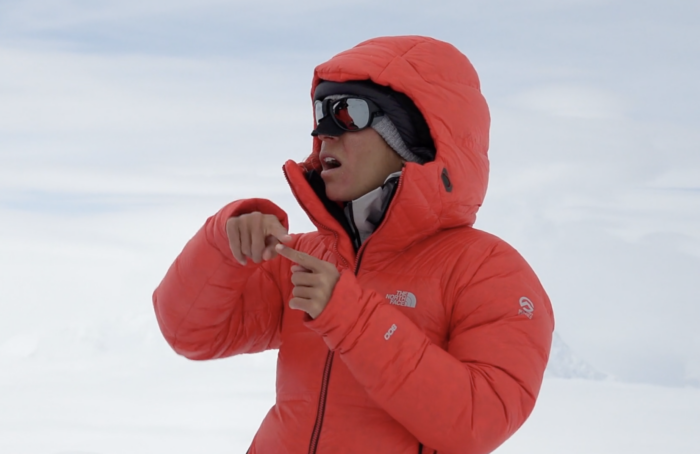
Unlike many who climb Mt. Everest, for Lehmann and Unger, it’s not just about tagging the summit. Climbing Everest is part of their broader goal to climb all Seven Summits, and be the first Deaf people ever to do so — inspiring the next generation, Deaf children, and aspiring Deaf climbers and mountaineers around the world.
Only 460 people have stood on the highest mountain of each of the seven continents. None of them has been deaf. Scott Lehmann and Shayna Unger aim to be the first. Upon reaching Everest, Lehmann and Unger became the first known Deaf Americans to summit. Unger also became the first Deaf woman in the world to climb the peak.
The successful summit is fitting timing. The first known Deaf person to summit Mt. Everest was Japan’s Satoshi Tamura, an alpine skier who competed at three Deaflympic Games. He summited Everest on May 21, 2016. Nearly 7 years to the day, Lehmann and Unger followed in his footsteps.
Together, Scott Lehmann and Shayna Unger have already climbed Denali, Mt. Kilimanjaro, Mont Blanc, and Aconcagua as an all-Deaf team. Today, they add Everest to their tick list, achieving four of the Seven Summits, and inspiring millions in the process.
